Enrile
Well-Known Member
- Messages
- 194
for the virgin cork tread (not ground cork paste). for the back two thirds wood and leather



Follow along with the video below to see how to install our site as a web app on your home screen.
Note: This feature may not be available in some browsers.
for the virgin cork tread (not ground cork paste). for the back two thirds wood and leather
in my opinion and this is only an opinion hardens less than leather. on the other hand you should know that the hole that is created when carving the pen by hand is very very small (handwelted).S
Is cork better than leather for the front?
in my opinion and this is only an opinion hardens less than leather. on the other hand you should know that the hole that is created when carving the pen by hand is very very small (handwelted).
When the gem is glued the hole reaches 6 mm. this cork filling sinks (goodyear) this produces a large shoe with the use
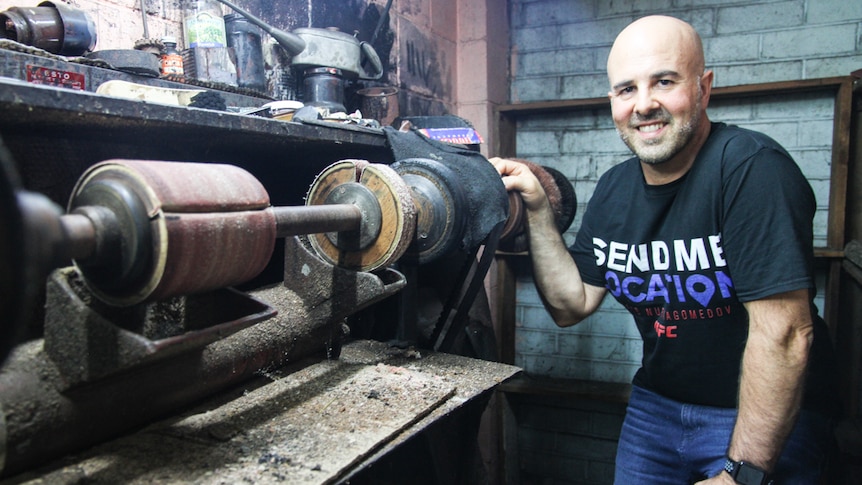
Shoemaker shuts shop, claims difficult customers take soul out of business
Shoemaker Ben Porcheddu says he may be old-fashioned but he has had enough of modern customers and their shocking behaviour.www.abc.net.au
View attachment 33267
Cordovan Horween
Thank youWould you care toll tell us more about your lasts and how to order?
Very interesting all these questions, I like to reflect on this.It's very interesting how many cordwainers there are that still make shoes by hand, and it is also interesting how many customers are prepared to pay the high prices for custom handmade footwear.
Enrile , who are your typical customers? Are they into shoes, or fit or other things. In other words, why do your customers pay the high prices for your footwear? Does word of mouth play a big role in you getting customers?Are most customers local? Does the internet get you many customers?
It seems like most people don't appreciate really good shoes(handmades), yet there are a number of people who will pay big money for makers who are largely unknown. Why do customers initially go to these makers?
He does not exactly promote the high quality leather shoe image in his T shirt and shorts."Sustainable"
Enrile said:The human being is really absurd in many aspects, there are people able to pay much more to wear a brand and wear a shitty quality, I repeat it is only education.
thanks for sharing, and l am glad you make shoes. Handmade shoes is such a special thing to experience, and it's good you have played your part to give people opportunities to experience such things. Handmade shoes are one of the few really great things in this world. A good bed, a good seat and a good pair of shoes, all so important, because if you aren't in one you are in the other. Nothing quite like a great pair of shoes though, the most worthwhile thing to spend extra money on IMO.Very interesting all these questions, I like to reflect on this.
There are very few people who can appreciate this, but really although the number of shoemakers on hand increases in recent years, the number of customers does too. It is a cultural issue, the more people know the work and quality behind a well-made shoe, the more customers make the decision.
There are many people in the world with money to spare, they buy what they consider best for them (or what is ready to take), big brands convinced them that the best and most exclusive is what they are going to sell (even if they have it) thousands of people "exclusivity misunderstood").
When a potential client understands this, he becomes a loyal customer. On the other hand, these shoes are not a necessity, rather a whim, so when a customer is happy they usually repeat purchases from time to time.
The Internet attracted many new customers, but not only online. Seville is a tourist city and many foreign people seek to go out of stores outside the established circuit, we are exactly this.
Word of mouth is important, both online and in my own city, it is easy to do a good job and make yourself known, Seville is a small city. Other points in Spain also go through the network or live.
Finally, a small workshop like ours does not need too many customers, as it does not produce too many pairs a year. We can still grow a little in production, but I don't think that more than 20%, we want to maintain quality above all. Our real business is leather goods (belts, wallets, watch straps, cufflinks ...) The shoe is the most expensive and least profitable product in the entire product range.
Well-made shoes are not expensive, they are really expensive to produce and therefore cannot be priced low. Normally when a customer understands this, the price goes to the background. The human being is really absurd in many aspects, there are people able to pay much more to wear a brand and wear a shitty quality, I repeat it is only education.
My relationship with the handmade manufacture of shoes is a love relationship, really all the people who help me in the business advise me to dedicate that amount of time to other more profitable things. But really the shoe brings me happiness and gives prestige to my work and the brand.
I remember going to a shoe shop once and seeing a younger guy skip over the quality shoes for a Gucci brand name at twice the price but half the quality. Of course it is a matter of education. People aren't so familiar with quality now (much quality went away in the 80's with globalisation), so brand names have become important to uneducated consumers, especially those folks from countries that were once poor....they were never brought up with quality so they know nothing about it, and those are the ones lined up outside the famous brand name boutiques without realising they are full of overpriced massed produced factory products. I can't blame humans for being hoodwinked and so absurd, those marketing people are so clever, and they know their target markets.
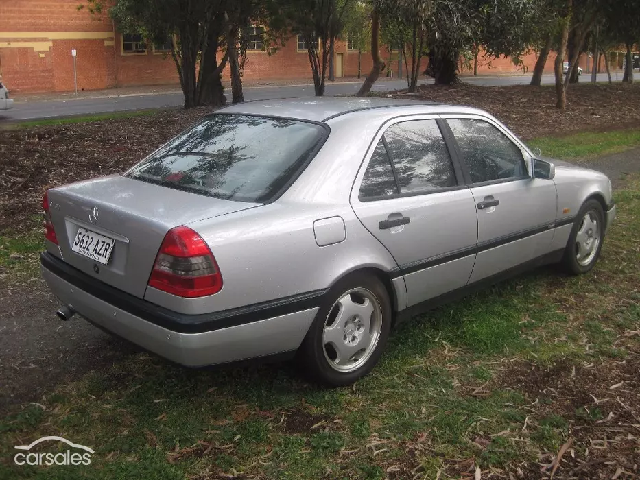
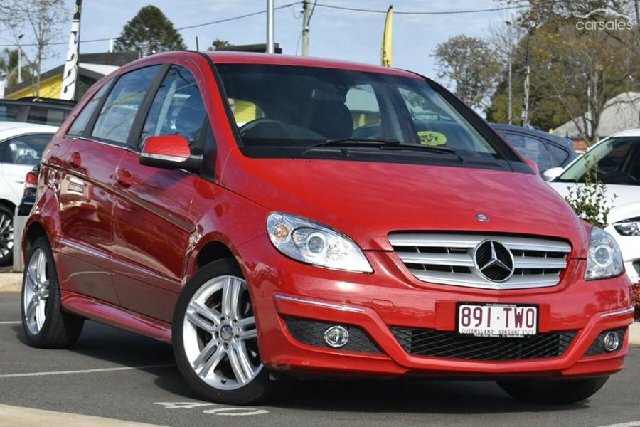



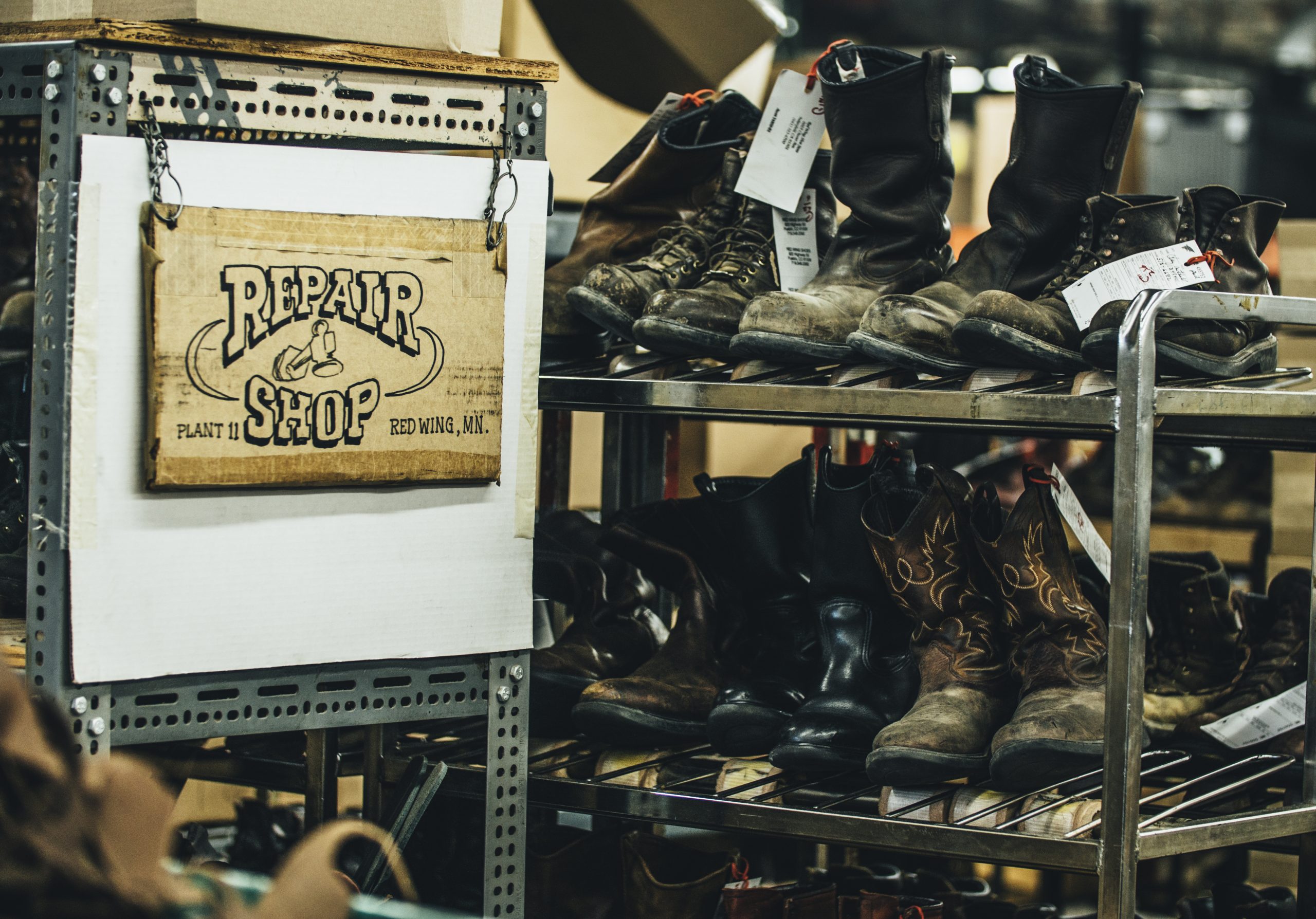
Here is the giant-headed Belgian iGent with his custom made €160 boots that he thinks have country details. If he wore those in the county someone would pitchfork his Head especially if he wore this outfit
View attachment 33257View attachment 33258
View attachment 33259
I like big welts and I can not lie.
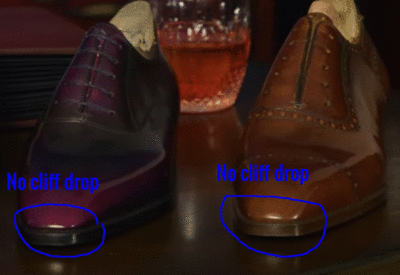
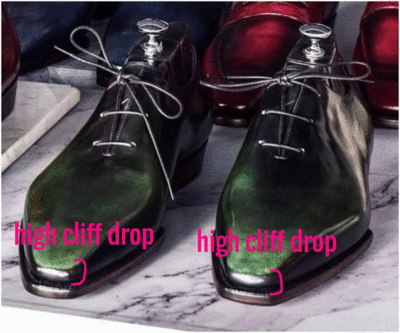
I wish there were more written on the history of shoe patterns. Does anyone know if the Norweger is in fact the progenitor of split toes in general? And how is it that most split toes don’t come with Norwegian or storm welts but just plain welting?
Contemplating getting one made, maybe something like this:
View attachment 33314